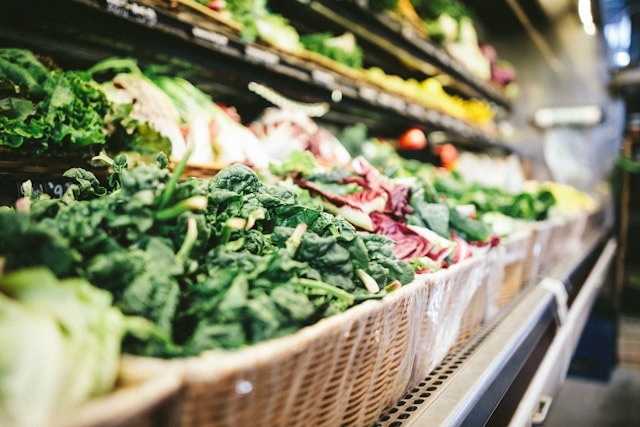Grocery code of conduct, nobody has the right “recipe”
TORONTO – The “Canadian grocery code of conduct” to curb the rise in prices never came into force because, as well known, two of the largest companies (Loblaw and Walmart) refused to sign it, claiming that it would increase rather than “calming” prices. But according to some parliamentarians, the “code” could actually help reduce food prices, as would have happened – according to some surveys – in Australia and the United Kingdom.
“When codes of conduct were introduced in those countries, there were very positive effects on prices in grocery stores” Bloc Québécois MP Yves Perron said at a meeting of the relevant parliamentary committee on December 7.
How does the “code” work in these countries? As CityNews explains in an article, the UK has had a mandatory food code for more than a decade: it applies to the UK’s fourteen largest retailers selling food and also includes the power to fine retailers up to 1% of their revenue. In Australia, CityNews‘s article explains, the food code was launched in 2015: it is voluntary, but once signed it becomes legally binding. All major players in the Australian food industry have signed up.
The results of the two “codes” are conflicting and unclear: a look at the food inflation of the two countries might suggest some stabilization after the implementation of the “codes”, but it is difficult to link changes in food inflation to a single factor . In fact, in both the UK and Australia, annual food inflation already varied widely from one year to the next before the introduction of the food codes: some years more than 9%, others less than 1% or even negative. After the implementation of the UK code, annual food inflation data in the UK appeared to stabilize slightly, remaining below 3% from 2014 to 2022 (and negative from 2014 to 2016). After the introduction of the Australian code, food inflation remained below 1% until it started to accelerate in 2019.
Regular supplier surveys show that the UK and Australian “codes” (which predominantly involve both suppliers and retailers and the relationships between them) have nevertheless brought about improvements. Canada’s food code shares aspects of both the British and Australian models, but without all the major players on board, it won’t work, many experts say.
And in Italy? In the autumn of 2023, the government introduced the “anti-inflation quarter”: a selection of low-priced items, including basic necessities, food and non-food consumer goods, including baby products and for personal care. A well-filled “package” of items, therefore, which has been renamed the “tricolor cart”. The total number of points of groceries and food-shops that took part in that initiative was 31,524. But the success was not as hoped: at the end of the promotion, in fact, the price of 88% of the products in the “tricolor cart” (605 out of 689) did not increase, as would have been understandable if the promotion had really influenced the prices. According to the consumer association “Altroconsumo”, it is not a bad thing that prices have not increased, on the contrary, “but this result does not confirm the true effectiveness of the price control initiative”.
In short, no government seems to have the “recipe” for controlling the food prices.
Photo by Scott Warman on Unsplash



